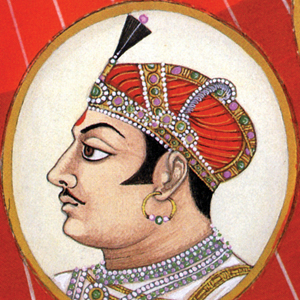
Maharana Mokal
Ruling Period: 1421 – 1433
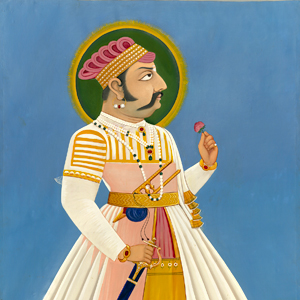
Maharana Kumbha
Ruling Period: 1433 – 1468
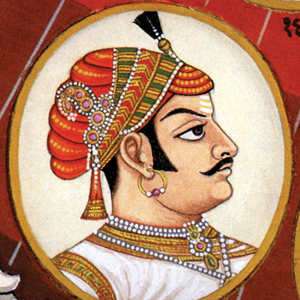
Maharana Udai Singh
Ruling Period: 1468 – 1473
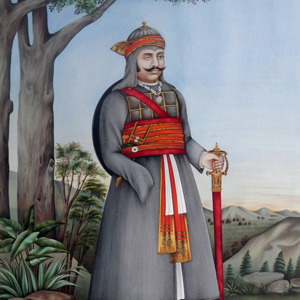
Maharana Sangram Singh I
Ruling Period: 1509 – 1527
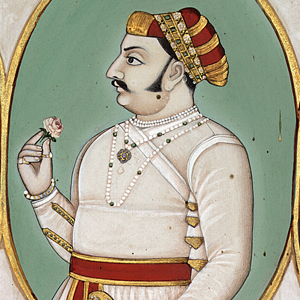
Maharana Udai Singh II
Ruling Period: 1537 – 1572
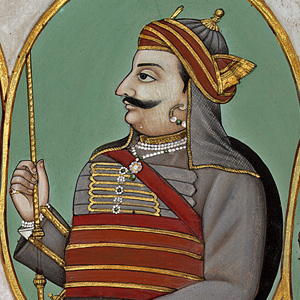
Maharana Pratap Singh
Ruling Period: 1572 – 1597
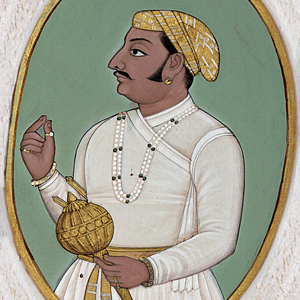
Rana Amar Singh I
Ruling Period: 1597 – 1620
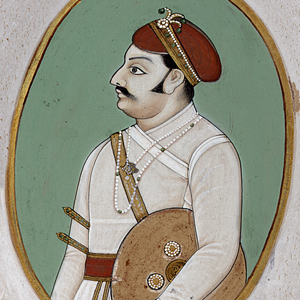
Rana Karan Singh
Ruling Period: 1620 – 1628
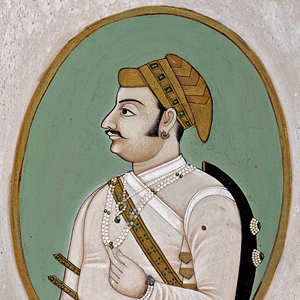
Maharana Jagat Singh I
Ruling Period: 1628 – 1654
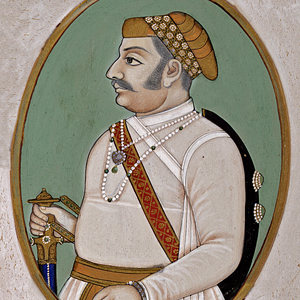
Maharana Raj Singh I
Ruling Period: 1653 – 1680
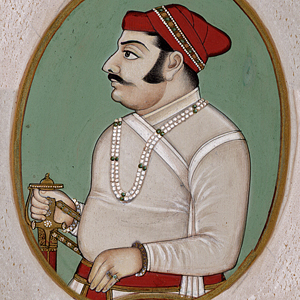
Maharana Jai Singh
Ruling Period: 1681 – 1698
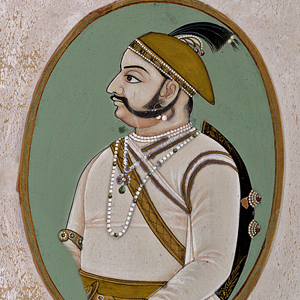
Maharana Amar Singh II
Ruling Period: 1698 – 1710
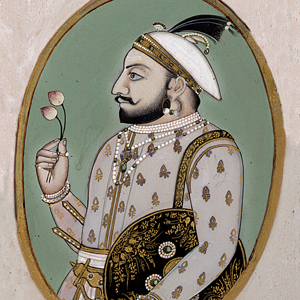
Maharana Sangram Singh II
Ruling Period: 1710 – 1734
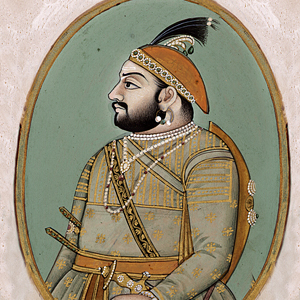
Maharana Jagat Singh II
Ruling Period: 1734 – 1751
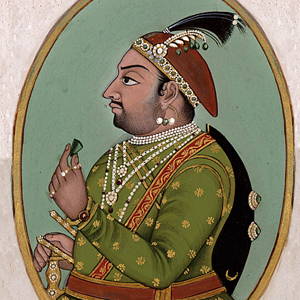
Maharana Pratap Singh II
Ruling Period: 1752 – 1755
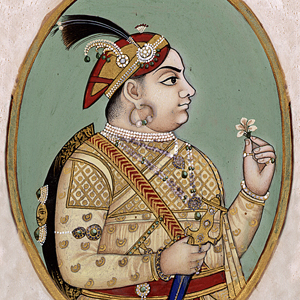
Maharana Raj Singh II
Ruling Period: 1755 – 1762
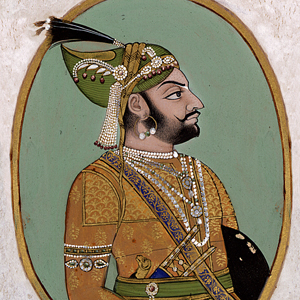
Maharana Ari Singh II
Ruling Period: 1761 – 1773
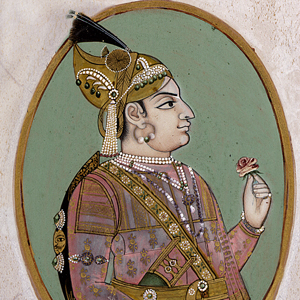
Maharana Hamir Singh II
Ruling Period: 1772 – 1778
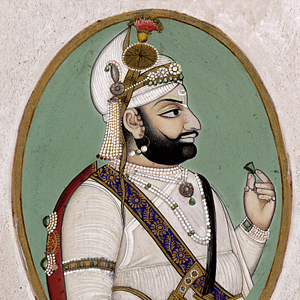
Maharana Bhim Singh
Ruling Period: 1778 – 1828
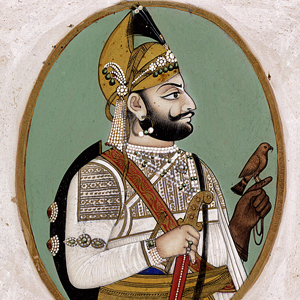
Maharana Jawan Singh
Ruling Period: 1828 – 1838
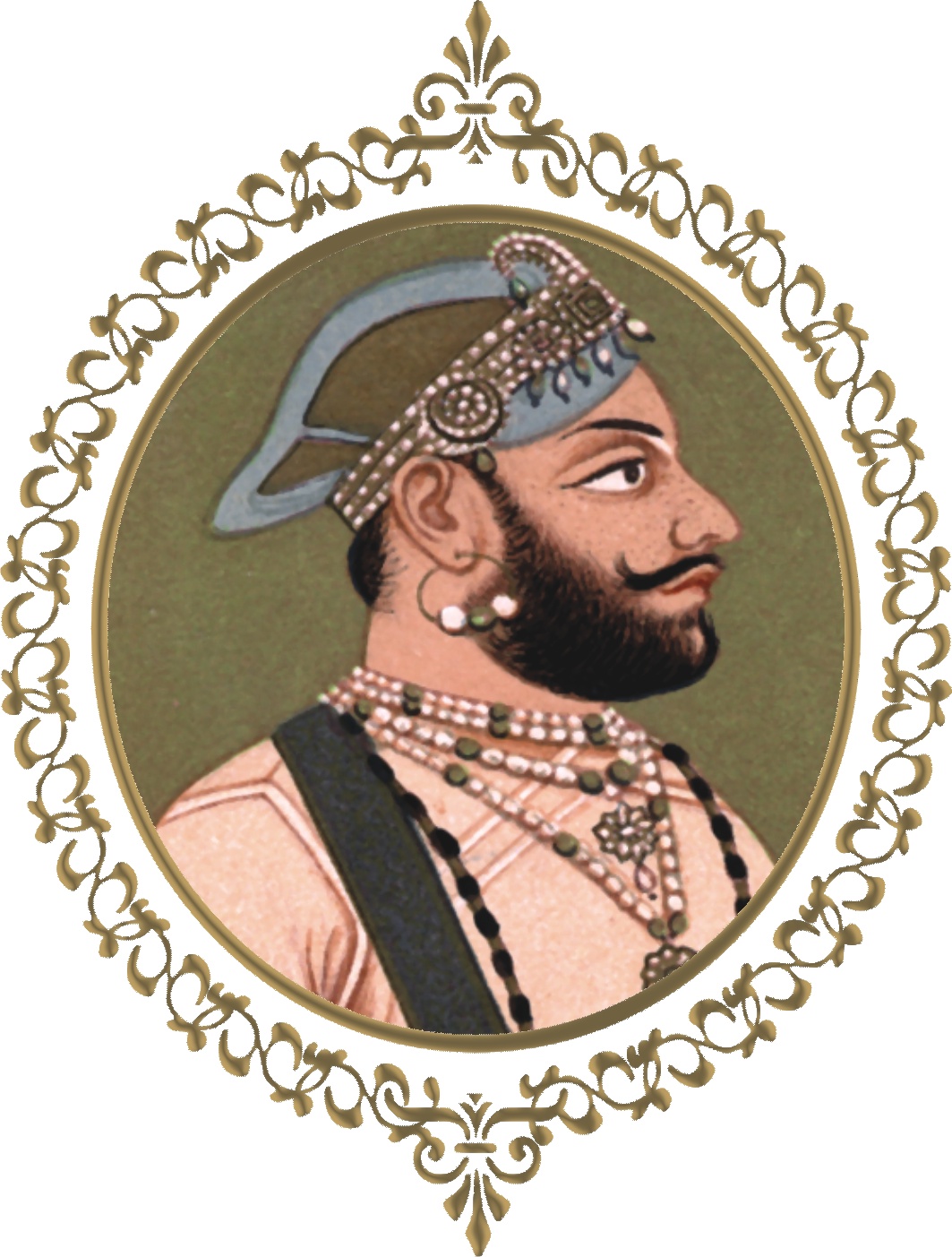
Maharana Sardar Singh
Ruling Period: 1838 – 1842
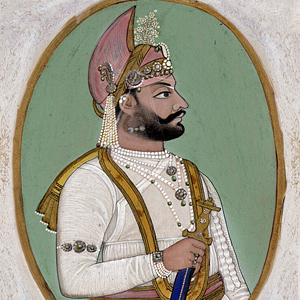
Maharana Swaroop Singh
Ruling Period: 1842 – 1861
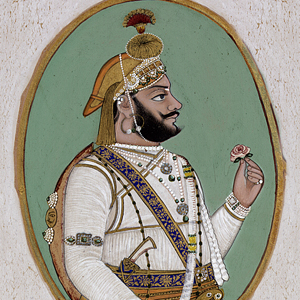
Maharana Shambhu Singh
Ruling Period: 1861 – 1874
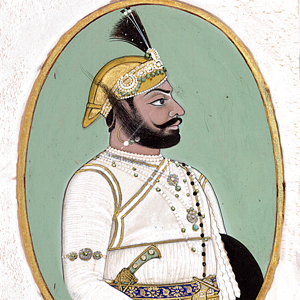
Maharana Sajjan Singh
Ruling Period: 1874 – 1884
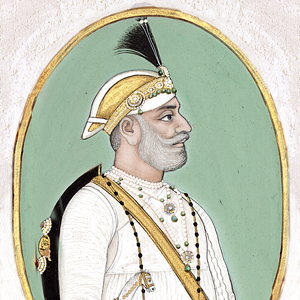
Maharana Fateh Singh
Ruling Period: 1884 – 1930
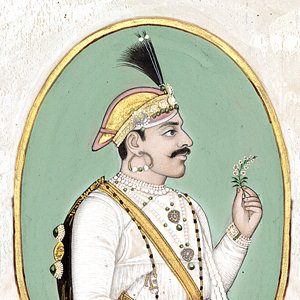
Maharana Bhopal Singh
Ruling Period: 1930 – 1955
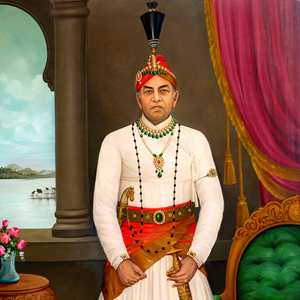
Maharana Bhagwat Singh
Ruling Period: 1955 – 1984
© 2013 Shriji Arvind Singh Mewar of Udaipur - Concept Developer, Eternal Mewar. All Rights Reserved. Log in
